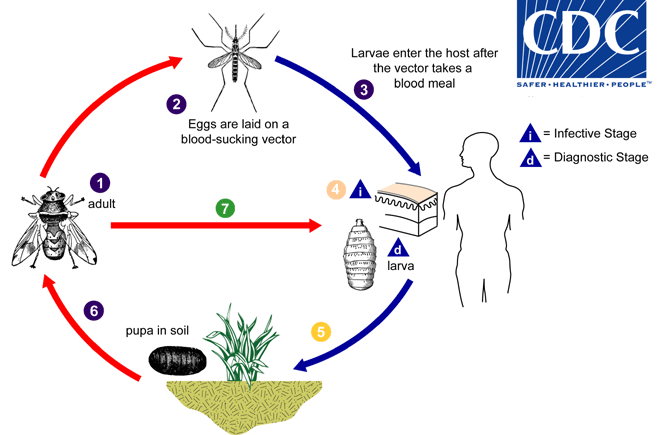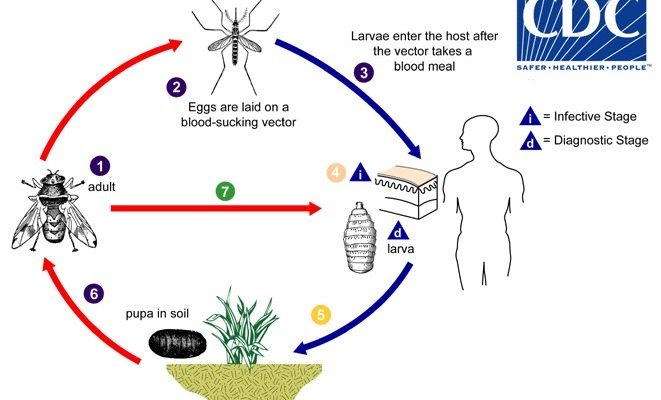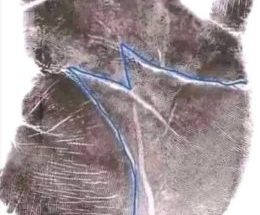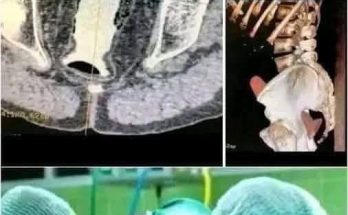The Unseen Invader: Understanding Myiasis
Myiasis, a parasitic infection caused by fly larvae (maggots), might sound like something from a horror movie, but it’s a real medical condition. While uncommon in developed nations like the United States, it’s a significant health concern in tropical and subtropical regions across the globe, particularly South America, Africa, and parts of the Caribbean. This blog post provides a detailed exploration of this fascinating, yet unsettling, medical condition, covering its causes, symptoms, diagnosis, and treatment.
What Exactly is Myiasis?
Myiasis occurs when the larvae of flies, primarily from the Diptera order, infest human or animal tissues. These larvae feed on living or dead tissue to survive. Common culprits include the Dermatobia hominis (human botfly) and Cordylobia anthropophaga (tumbu fly). The location of the infestation determines the classification of myiasis:
Types of Myiasis: A Closer Look

- Cutaneous Myiasis: This is the most common type, further categorized into furuncular (boil-like lesions), wound myiasis (larvae in open wounds), and migratory myiasis (larvae moving beneath the skin).
- Nasopharyngeal Myiasis: This involves infestation of the nose, sinuses, and pharynx.
- Ophthalmomyiasis: A frightening prospect, this affects the eyes themselves.
- Intestinal Myiasis: This occurs when larvae infest the gastrointestinal tract.
- Urogenital Myiasis: This involves infestation of the urogenital system.
Importantly, myiasis is not contagious. Its prevalence is directly linked to environmental factors and hygiene practices, making travelers to endemic areas particularly vulnerable.
The Root Causes of Myiasis Infestation
The life cycle of certain flies is the underlying cause of myiasis. Female flies deposit their eggs in or near open wounds, moist clothing, or mucous membranes. Once hatched, the larvae burrow into the host’s tissues. Several scenarios can lead to infestation:

- Direct Egg Deposition: Flies may directly lay eggs on open sores or other vulnerable areas.
- Vector Transmission: Some flies attach eggs to insects like mosquitoes or ticks. When these vectors bite a human, the larvae are introduced via the bite wound.
- Environmental Contamination: Eggs laid on damp clothing or soil can easily transfer to human skin.
- Animal Contact: Close contact with infected livestock, particularly those harboring species like Hypoderma bovis or Gasterophilus intestinalis, poses a risk.
Recognizing the Signs and Symptoms
The symptoms of myiasis vary significantly depending on the type and location of the infestation.
Symptoms by Myiasis Type:

- Cutaneous Myiasis (Furuncular): Painful, boil-like lesions often accompanied by a noticeable sensation of movement within the lesion, and pus or discharge.
- Cutaneous Myiasis (Wound): Visible larvae in open wounds; systemic symptoms like fever and chills may also be present.
- Cutaneous Myiasis (Migratory): Red, thread-like trails under the skin mark the larvae’s movement.
- Nasopharyngeal Myiasis: Nasal obstruction, foul-smelling discharge, nosebleeds, and sometimes visible larvae.
- Ophthalmomyiasis: Eye irritation, redness, excessive tearing, eyelid swelling, and potentially vision impairment in severe cases.
- Intestinal Myiasis: Abdominal pain, vomiting, and diarrhea.
- Urogenital Myiasis: Painful urination (dysuria) and blood in the urine (hematuria).
Early diagnosis and treatment are crucial to prevent complications, such as secondary infections and extensive tissue damage.
Diagnosing and Treating Myiasis
Diagnosis begins with a thorough medical history, physical examination (especially for those with recent travel to endemic regions), and the following:

- Clinical Observation: Directly seeing the larvae is often sufficient for diagnosis.
- Laboratory Tests: Blood tests might show leukocytosis or eosinophilia, indicating an immune response.
- Imaging Studies: Ultrasound, MRI, or CT scans can locate deeply embedded larvae.
- Biopsy: A biopsy might be necessary to confirm the presence of larvae and inflammation.
Treatment varies based on severity and location:
- Larvae Extraction: For cutaneous myiasis, topical applications like petroleum jelly suffocate the larvae, causing them to emerge for removal. Surgical removal might be necessary for deeply embedded larvae.
- Antiparasitic Medications: Ivermectin is effective in killing larvae and is frequently used alongside other treatments.
- Wound Care: Thorough wound hygiene with antiseptic dressings and antibiotics is crucial to prevent secondary infections.
- Supportive Care: Pain relief, anti-inflammatory medications, and supportive therapies manage symptoms and aid recovery.
Prevention is Key: Minimizing Your Risk
Preventing myiasis, especially for travelers to at-risk areas, is paramount. These measures can significantly reduce your risk:

- Maintain Excellent Hygiene: Proper wound care and keeping your skin clean is essential.
- Protective Clothing: Long sleeves and pants act as a barrier against egg deposition.
- Insect Repellents: Repellents deter flies and other insects.
- Avoid Contaminated Surfaces: Don’t leave damp clothing outdoors.
Key Takeaways
Myiasis is a parasitic infestation caused by fly larvae, primarily affecting the skin but capable of infecting other tissues. While prevalent in tropical and subtropical areas, it can occur anywhere. Diagnosis relies on clinical observation, medical history, and sometimes imaging. Treatment ranges from manual extraction to surgery, often complemented by antiparasitic medication. Prevention through good hygiene, protective clothing, and insect repellents is crucial.



